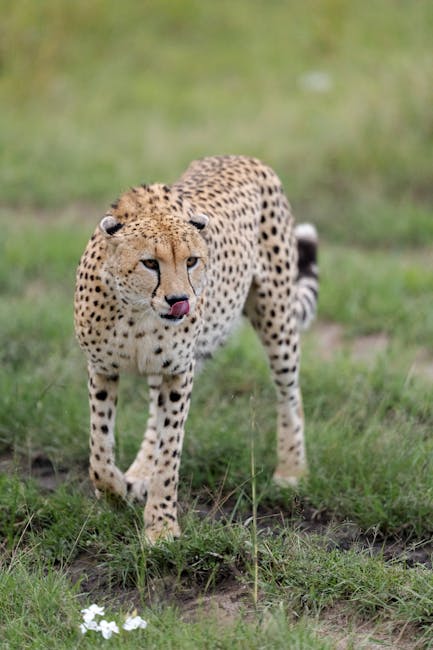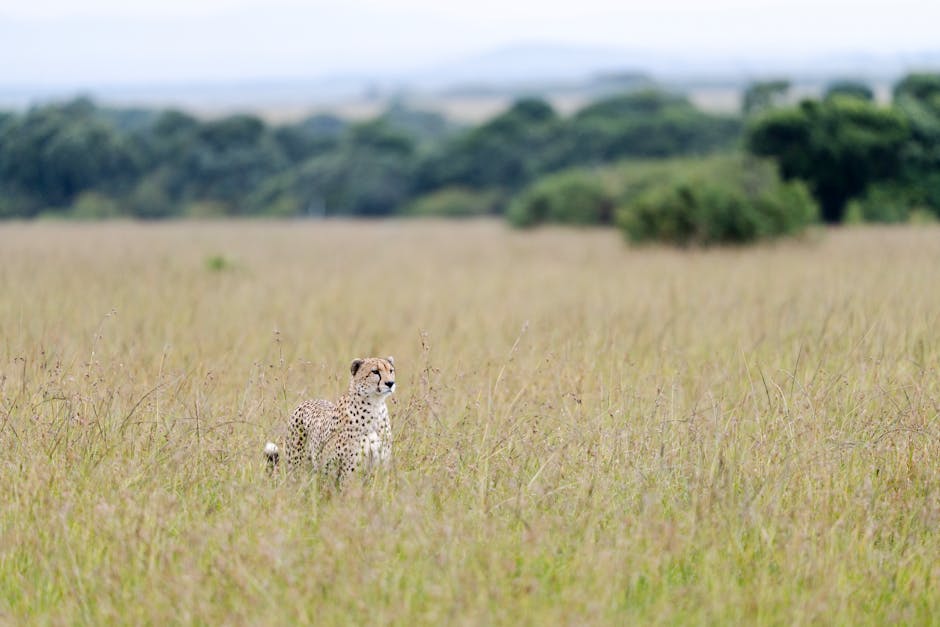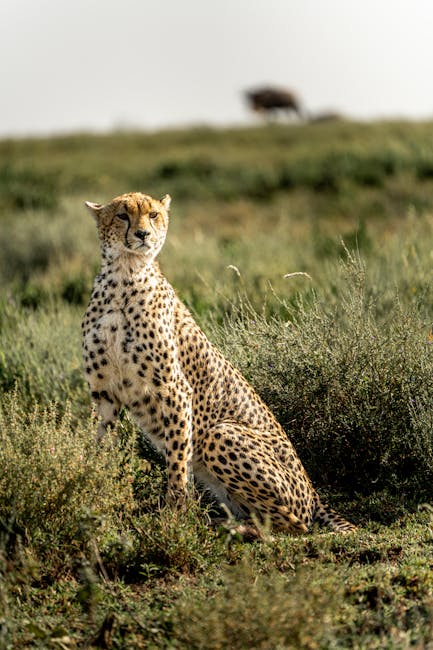Cheetah Top Speed: Unveiling the Secrets of the Fastest Land Animal
The cheetah, a magnificent creature of the African savanna, holds a coveted title: the fastest land animal on Earth. But what exactly constitutes this breathtaking speed, and what remarkable adaptations allow this sleek predator to achieve such incredible velocity? This article delves into the fascinating world of cheetah top speed, exploring the physiological mechanisms, hunting strategies, and the environmental factors that influence this remarkable evolutionary achievement.
The Astonishing Numbers: How Fast Can a Cheetah Run?
While the exact top speed of a cheetah is subject to some debate and variation based on factors like terrain, individual fitness, and prey proximity, the generally accepted figure hovers around 70 to 75 miles per hour (110-120 kilometers per hour). This astonishing speed is only sustained for short bursts, typically around 300 to 500 meters, but is more than enough to overtake its primary prey – gazelles, impalas, and springboks. These short sprints are crucial for a successful hunt, as prolonged high-speed chases risk overheating and exhaustion.
Measuring Cheetah Speed: A Challenge of Methodology
Accurately measuring a cheetah’s top speed presents unique challenges. Traditional methods such as radar guns often struggle with the animal’s erratic movements and the need for clear line of sight. More advanced techniques like GPS tracking collars are increasingly used, providing more precise data on speed and distance traveled during hunts. However, even these methods have limitations, with the technology potentially affecting the cheetah’s natural behavior.
The Anatomy of Speed: Physiological Adaptations
The cheetah’s remarkable speed is not just a matter of raw power; it’s a symphony of perfectly orchestrated physiological adaptations. These adaptations allow the cheetah to accelerate incredibly quickly and maintain high speeds for short, intense bursts.

- Lightweight and Lean Build: The cheetah’s slender, agile body minimizes weight and drag, crucial for achieving high speeds. Their long, thin legs act as powerful levers, allowing for explosive acceleration.
- Flexible Spine: Unlike many other big cats, cheetahs possess a highly flexible spine that allows them to increase stride length by extending and retracting their back in a powerful, undulating motion.
- Powerful Legs and Muscles: The cheetah’s powerful leg muscles are incredibly well-developed, generating the force needed for rapid acceleration and high speeds. Their semi-retractable claws provide extra grip and traction during sprints.
- Large Heart and Lungs: A large heart and lungs provide the necessary oxygen supply to fuel the intense energy demands of high-speed running. Their enhanced respiratory system efficiently delivers oxygen to the muscles.
- Large Nasal Passages: The cheetah’s large nasal passages allow for efficient airflow and oxygen uptake, ensuring sufficient oxygen supply during high-speed pursuits.
Hunting Strategies: Speed and Precision
The cheetah’s incredible speed isn’t just a display of athletic prowess; it’s an essential component of its hunting strategy. Their hunting technique typically involves a short, intense burst of speed over relatively short distances to surprise and quickly subdue their prey.
- Stealthy Approach: Cheetahs often utilize stealth and camouflage, slowly creeping towards their unsuspecting prey before launching a sudden, explosive sprint.
- Short, Intense Pursuit: Once the hunt begins, cheetahs rely on their exceptional speed to quickly close the distance, often overtaking their prey within seconds.
- Precise Take Down: Cheetahs rely on a combination of speed and agility to bring down their prey. They often use their powerful legs to knock the animal to the ground.
- Vulnerability to Competition: After a successful hunt, cheetahs can be vulnerable to losing their prey to larger predators such as lions and hyenas, which may try to steal the kill. This necessitates both speed in the chase and efficiency in the kill.
Threats and Conservation: Protecting the Fastest Cat
Despite their incredible speed and hunting prowess, cheetahs face numerous threats in the wild, significantly impacting their population numbers and conservation status. Habitat loss due to human encroachment and agricultural expansion is a primary concern. Poaching for their fur and body parts also poses a substantial threat, while human-wildlife conflict further adds to their challenges. Road traffic incidents are an increasingly significant cause of cheetah mortality.
Conservation Efforts: A Global Collaboration
Various conservation organizations and initiatives are dedicated to protecting cheetah populations and their habitats. These efforts include anti-poaching patrols, community engagement programs, habitat restoration projects, and research initiatives aimed at better understanding cheetah ecology and behavior. Raising awareness about the threats facing cheetahs and the importance of conservation is crucial for ensuring the long-term survival of this magnificent species.

Beyond the Numbers: The Significance of Cheetah Speed
The cheetah’s top speed represents more than just a remarkable athletic achievement; it embodies the power of natural selection and adaptation. Its speed is a testament to millions of years of evolution, sculpting a creature perfectly suited to its environment and lifestyle. Understanding this incredible speed, and the mechanisms behind it, provides invaluable insights into the complexities of the natural world and highlights the importance of conservation efforts to protect this majestic animal for future generations.
Further research continues to unravel the intricacies of cheetah speed, with ongoing studies focusing on the biomechanics of their locomotion, the role of genetics in speed performance, and the impact of environmental factors on their hunting success. These ongoing efforts are crucial for informing conservation strategies and ensuring the survival of the world’s fastest land animal.


